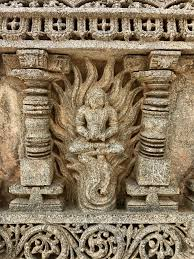
Several people, as compliment or not, have in recent days commented on my 'education' and 'reading' and I want to share something with all of you about these. There was a time when we barely had enough to eat. When, by the end of the month, money would run out, and anxiety rise
about how we could, gingerly, tip-toe into the next month. When the shadow of disease could topple us into a poverty from which we might never again rise. But through the luxury of books, through the prosperity of reading, I have learnt,
and learn each day, that there are no axiomatic truths in the world. There are negotiated truths, debated truths, considered and un-considered truths. Our empire of truth lies only in our head. The lived experience in the world does not, often, match that. This realisation is
called reading. It is also called growing up. And opening the mind. That is the nature of education. As our world provides almost infinite access to every possible source of knowledge, we are enclosing ourselves into walls of hysteria where every interrogation of our truth is an
attack on our very selves. This is building a world where we can no longer have difficult conversations. This is one of the reasons why more people are depressed than ever. The reality in their head does not match the lives they (we) lead and that is a catastrophe we cannot
bear. But education is learning to have difficult conversations. Learning to inquire into seemingly axiomatic truths. In world full of emojis, it is the beauty and the hesitance of language. Education is not the ease of instant comprehension but the stuttering of hard consonants,
and it is education, the education of the complexity of ambiguous lives, that shall, can, will, set us free.
• • •
Missing some Tweet in this thread? You can try to
force a refresh







